The temperature has dropped recently!
This has prompted everyone to switch to
“chaotic dressing” mode.
The howling north wind has also brought along a “cold” package!
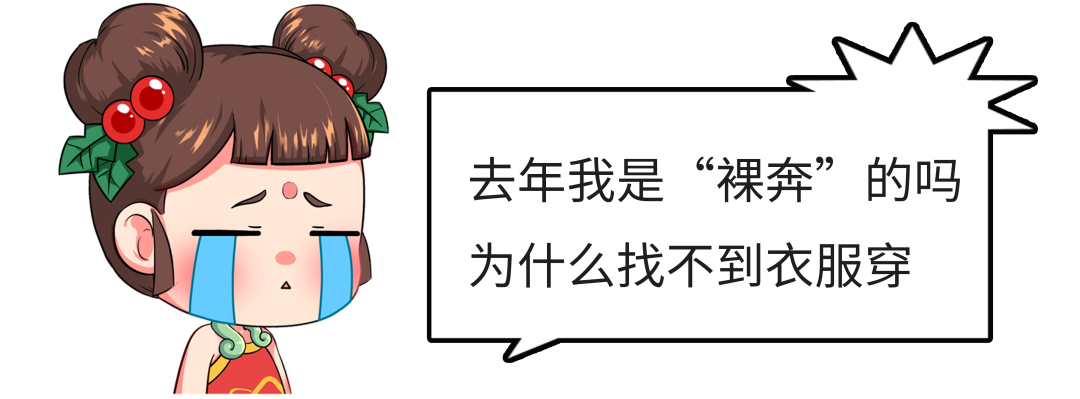
However, even though it is still a cold, there are
【Wind-Cold】 and 【Wind-Heat】 distinctions.
The symptoms, treatments, and medications for the two are quite different.
If you cannot distinguish between cold and heat and take medication indiscriminately,
it could worsen your condition!
Wind-Cold? Wind-Heat? Can’t tell the difference?
Whether it is Wind-Cold or Wind-Heat, the common symptoms are fever, chills, nasal congestion, and body aches.
Among these, throat itching and throat pain are key points for differentiating between Wind-Cold and Wind-Heat. Generally, throat itching indicates Wind-Cold, while throat pain indicates Wind-Heat.
However, one must rule out cough caused by dryness, as this type of cough, whether warm-dry (Wind-Heat Dry) or cool-dry (Wind-Cold Dry), also presents with throat itching symptoms.
The following images will help everyone distinguish better~
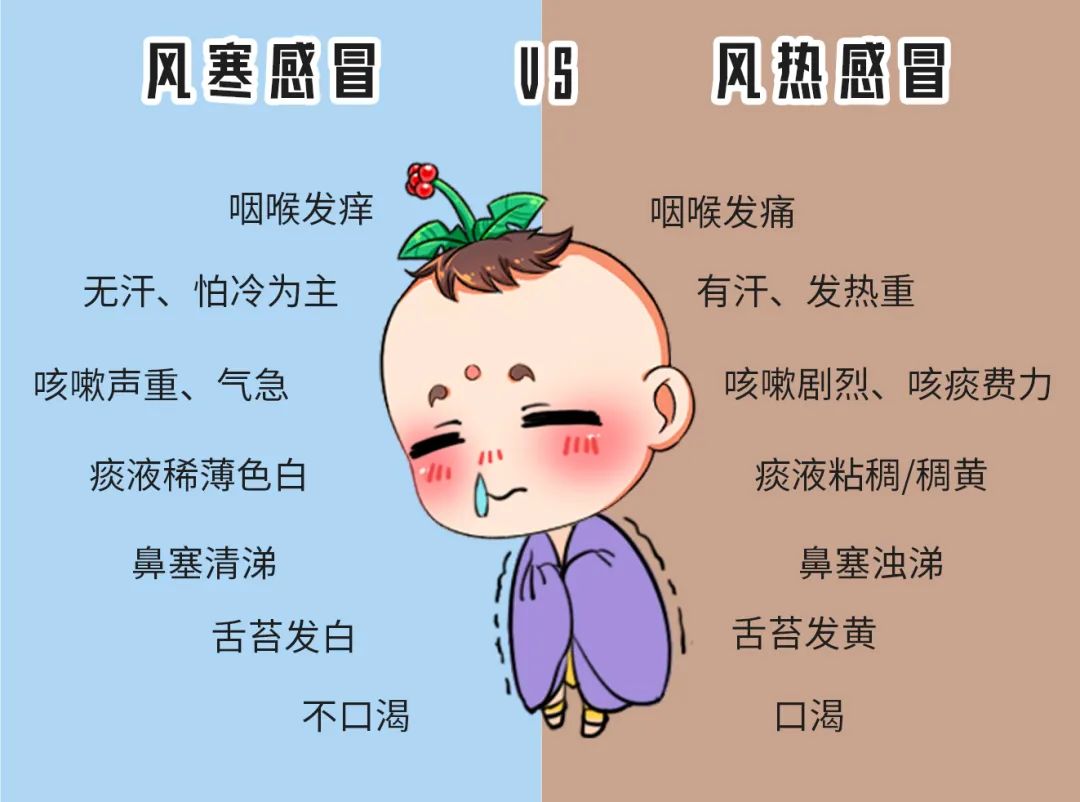
※ Here, “fever” refers to the patient’s subjective feeling, not body temperature.
Wind-Cold Cold
Treatment Key: Disperse Wind, Scatter Cold, and Open the Lungs
Auxiliary Treatment Methods: To treat Wind-Cold, one must induce sweating (known in TCM as releasing the exterior with warm herbs). This can be achieved by taking a hot bath, soaking feet, or acupoint massage (to the point of local warmth and soreness).
-
Fengchi (Wind Pool) Point—located in the depressions on both sides of the large muscle at the back of the neck.
-
Yingxiang (Welcome Fragrance) Point—located at the midpoint of the outer edge of the nostrils.
Dietary Considerations: It is advisable to eat warming foods, such as ginger, scallions, and fermented soybeans, and to avoid sour foods like pickled vegetables, vinegar, hawthorn, and cold foods like fruits.
Wind-Heat Cold
Treatment Key: Disperse Wind, Clear Heat, and Purge the Lungs
Dietary Considerations: Drink plenty of water, and the diet should be spicy, cool, light, and easy to digest. Foods like cabbage, white radish, pears, and oranges are recommended, while hot foods like scallions, ginger, garlic, chili, leeks, jujubes, and apricots should be avoided.
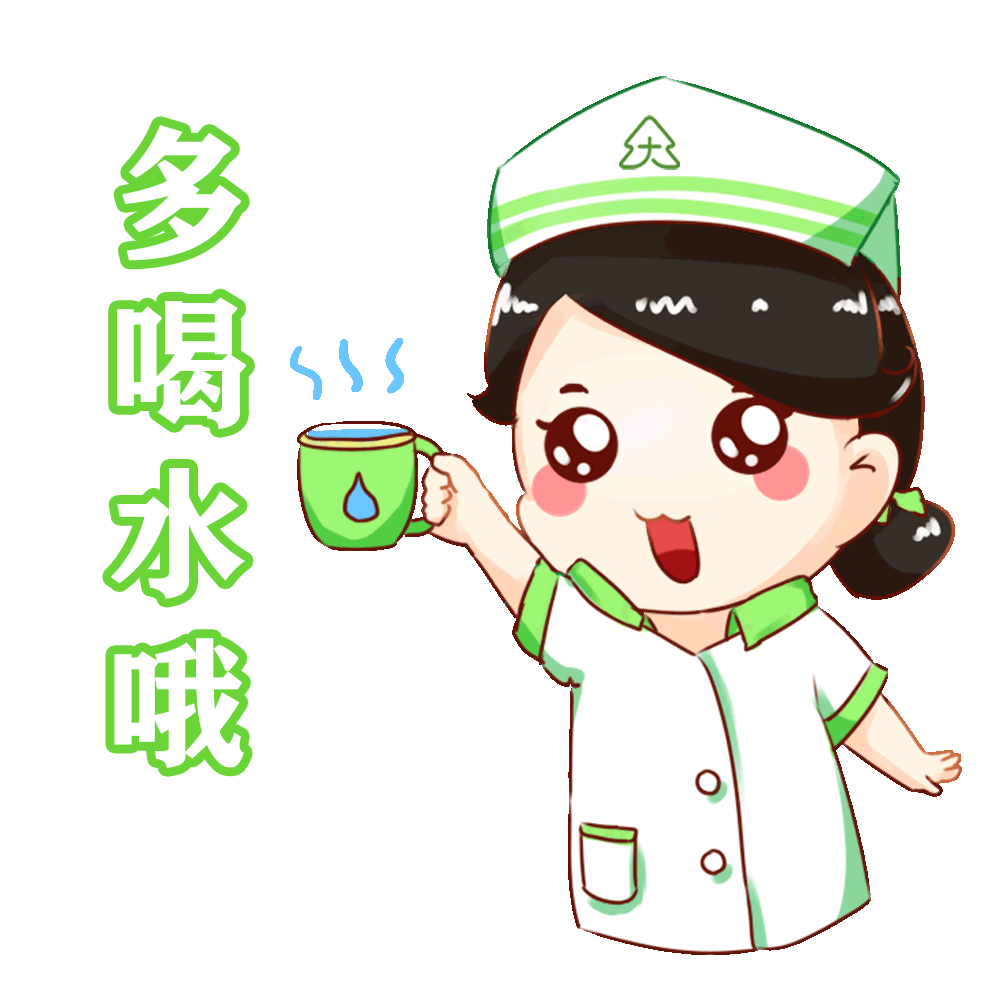
However, if either type of cold is not treated promptly, over time, it can transform, leading to “cold turning to heat” or “heat turning to cold”.
If you cannot determine the type yourself, avoid taking medication indiscriminately and consult a physician for pattern differentiation treatment.
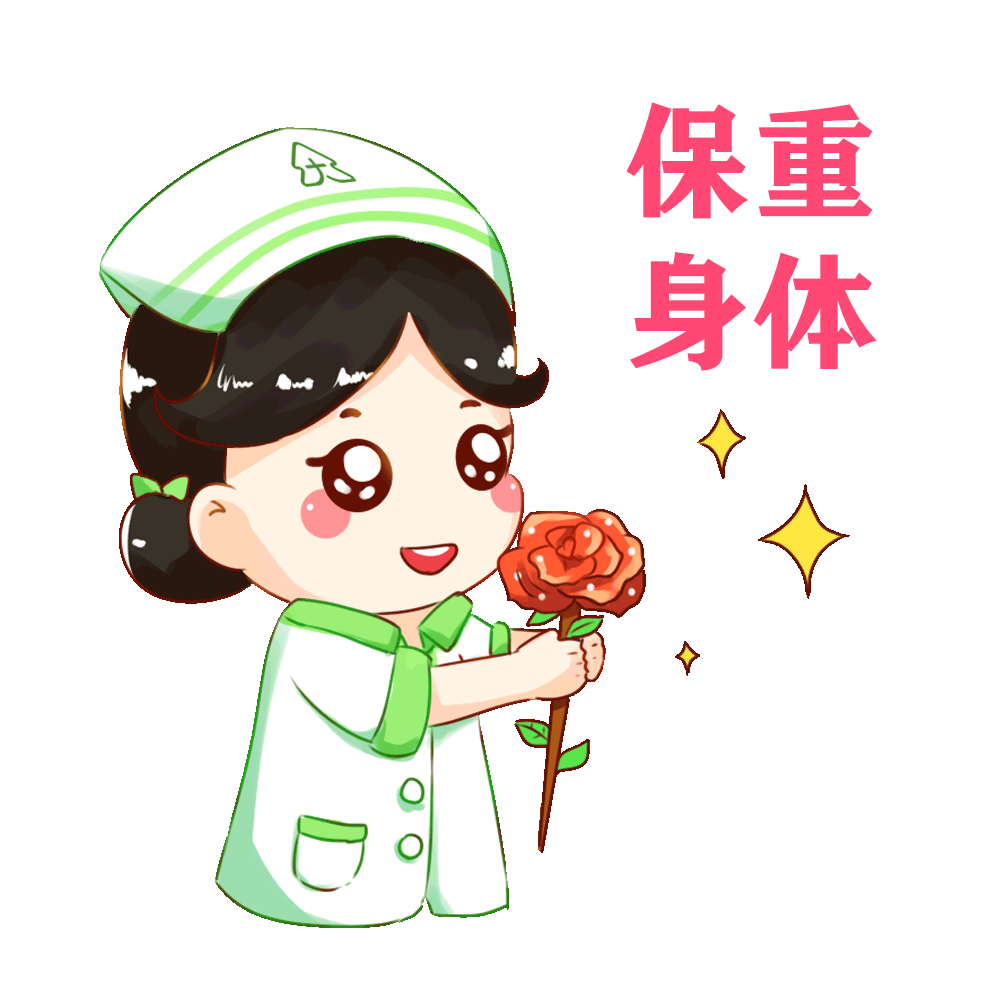
Daily Health Maintenance is Important
To avoid being plagued by colds, the most important thing is to enhance immunity and keep warm. Special attention should be paid to keeping the head, neck, back, and feet warm to prevent illness.
You can also try the following three tips; even as the temperature drops, do not neglect health maintenance!
Regularly Massage the Tianzong Point
The Tianzong point is located in the scapular area, at the center of the infraspinatus fossa (about one-third of the way up the scapula, you can feel a bony prominence slanting inward and downward, which is the scapular spine, and below it is the infraspinatus fossa), level with the fourth thoracic vertebra.
When massaging, place your thumb on the acupoint and fix the other four fingers on the shoulder; apply moderate pressure with the thumb until you feel soreness and swelling. Each massage session should last about 2-3 minutes, 1-2 times a day.


Ginger Date Tea
Ingredients: 15g fresh ginger, 10g roasted licorice, 5 red dates (sliced)
Method: Boil in water and drink in the morning.
The 2020 edition of the Chinese Pharmacopoeia states that ginger can release the exterior and disperse cold; why not swap your milk tea for “health tea”?
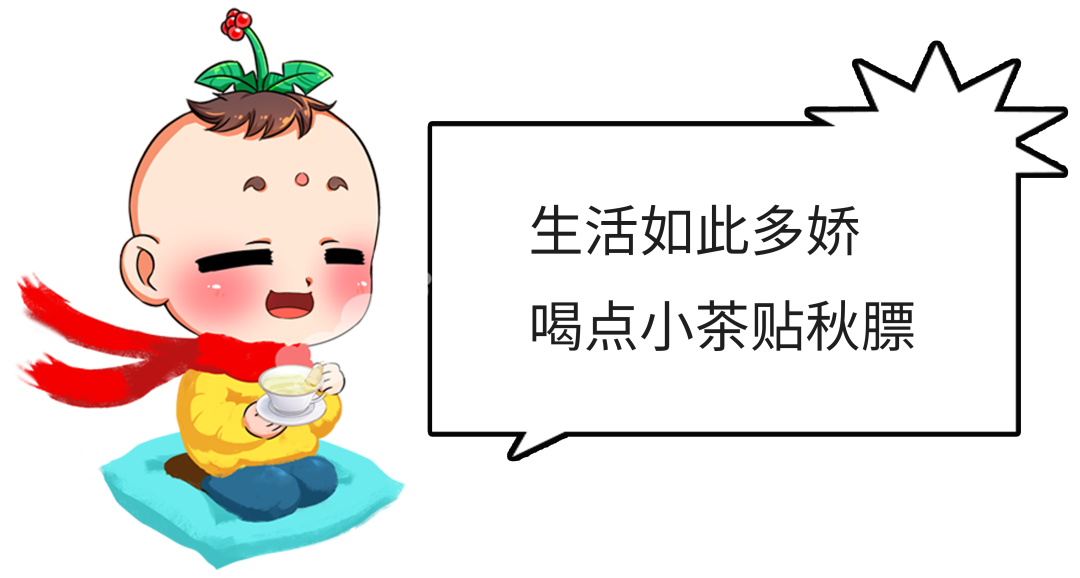


Angelica and Ginger Lamb Soup
Ingredients (serves 1): 20g fresh ginger, 10g angelica slices, 100g lamb
Method:
1. Clean the lamb, remove the sinews, cut into small pieces, blanch in water, and drain;
2. Slice the ginger and wash the angelica, then place them together with the lamb in a clay pot;
3. Add water, bring to a boil, skim off the foam, then simmer on low heat for 2 hours, finally adding salt to taste, and enjoy the meat and soup.
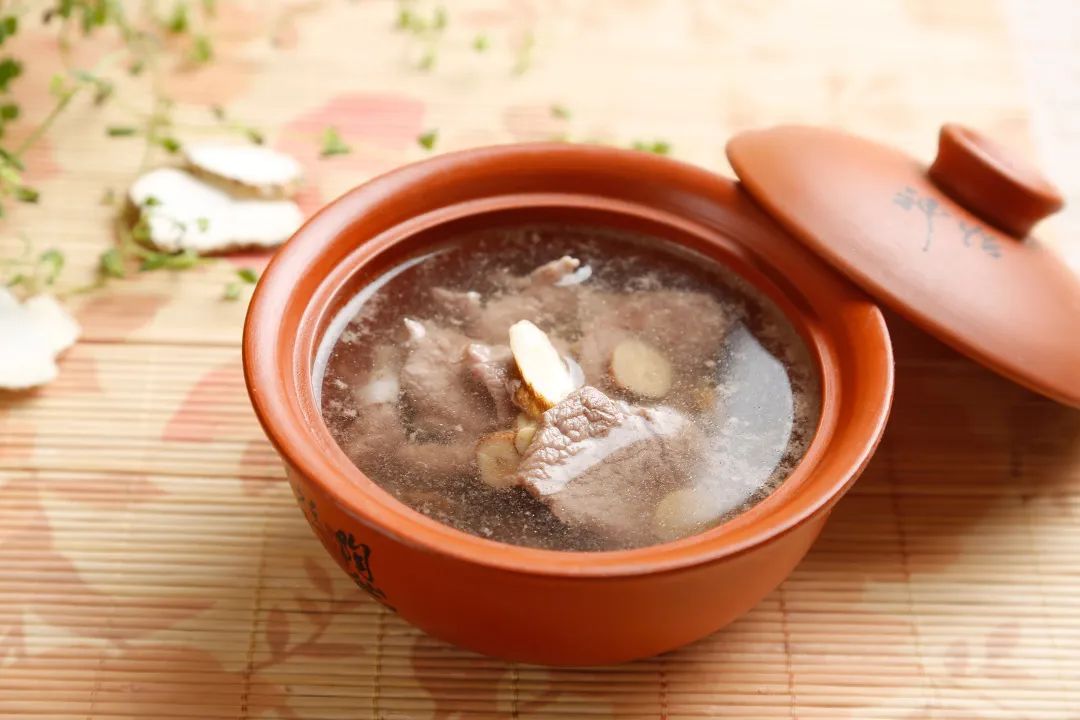
This soup recipe comes from Zhang Zhongjing’s “Shang Han Lun”; on a cold day, drinking a warm bowl of lamb soup is delightful!

(Images and text sourced from the internet; please contact for removal if there is any infringement)

